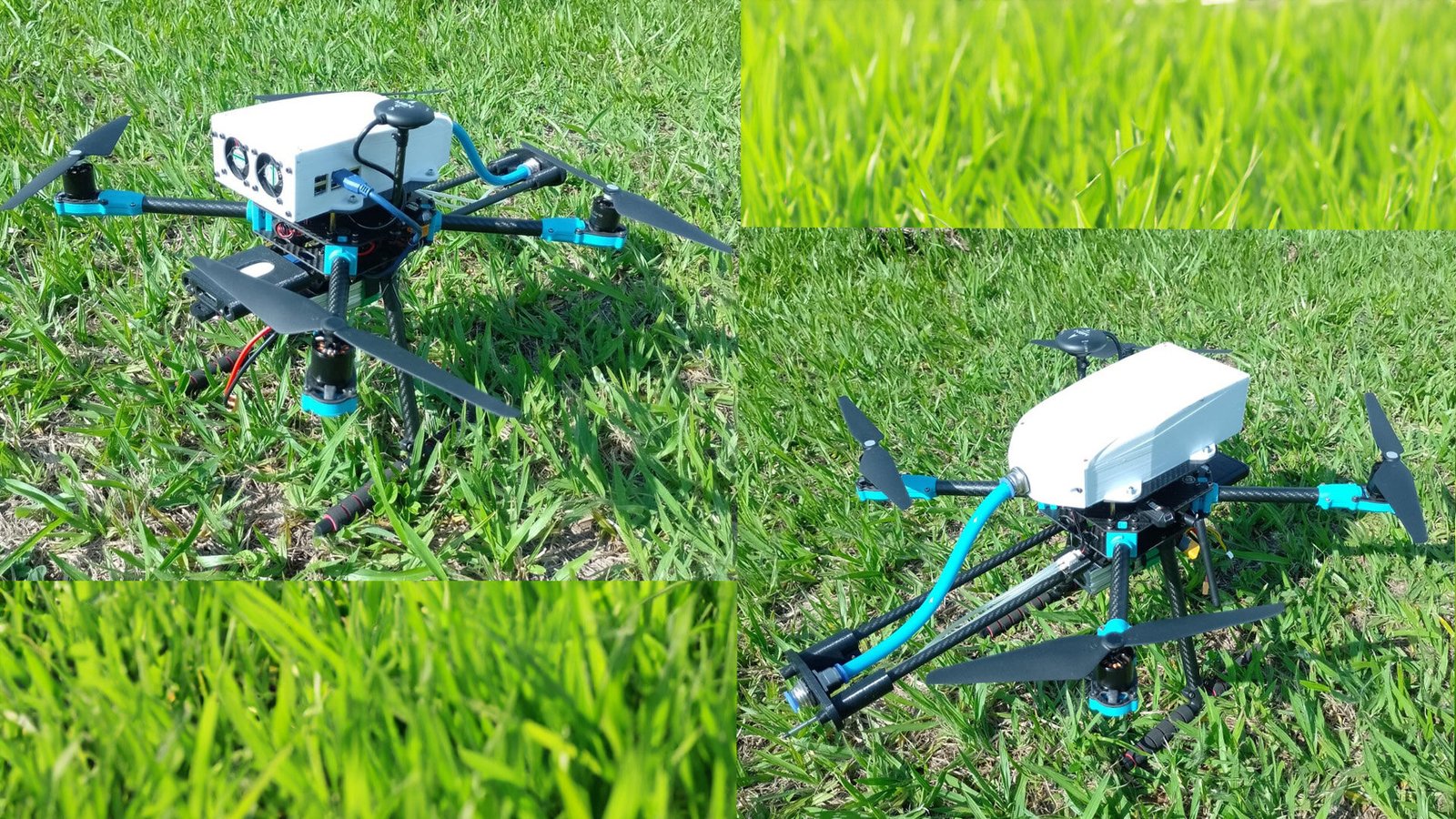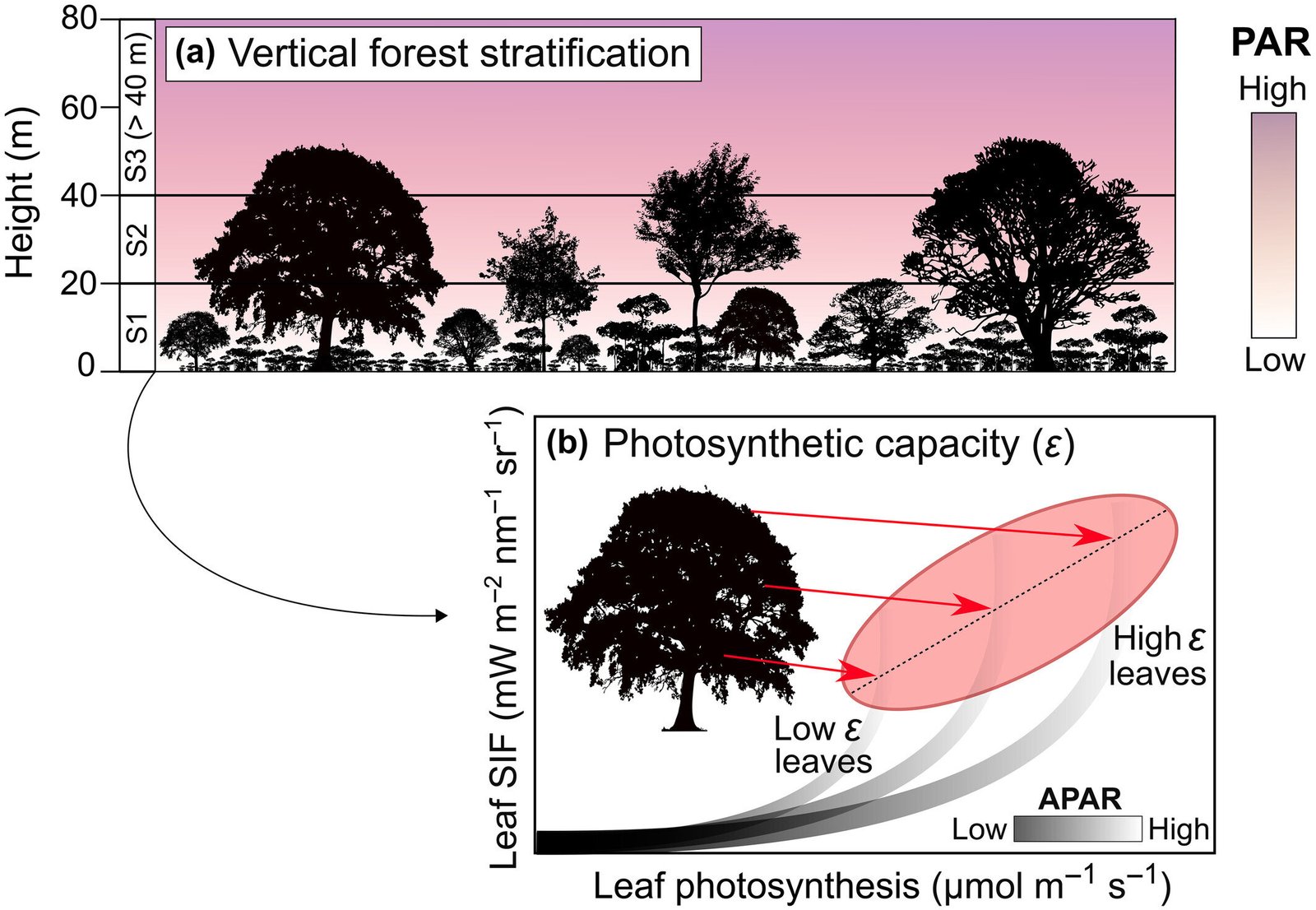
Forest fire prevention and control agencies in São Carlos, in the interior of the state of São Paulo, Brazil, will soon have help from the sky to detect fires more quickly and combat them before they grow out of control and cannot be extinguished.
Researchers at the University of São Paulo’s São Carlos Engineering School (EESC-USP) are developing drones equipped with gas sensors and artificial intelligence systems to detect forest fires.
The project was presented on Wednesday, June 11, during the aeronautics session of FAPESP Week Toulouse, which took place from Tuesday, June 10, to Thursday, June 12, in the capital of the Occitanie region in southern France.
“We’re already working with the Civil Defense, the city government, and the São Carlos Department of the Environment, and we’ve submitted a proposal to evaluate using the drones we’re developing to identify fire hotspots in the municipality,” Glauco Augusto de Paula Caurin, a professor at the EESC-USP and project coordinator, told Agência FAPESP.
The drones are equipped with small, low-cost sensors developed by the researchers that can selectively detect and continuously measure atmospheric concentrations of carbon dioxide and methane in the air flowing inside the aircraft, as well as other parameters such as temperature and humidity.
“We made several adjustments to integrate specific gas sensors that work together like an electronic nose,” Caurin compares.
The sensors collect gas concentration data, which artificial intelligence systems then analyze to identify their sources of emission. This allows the systems to detect the presence of carbon dioxide and trace gases, such as methane, which are released during a fire in an environment while the drones are flying overhead.
“Drones allow forest fires to be detected much more quickly than satellites can, for example. This enables the authorities to respond faster and control them more quickly,” Caurin explained.
GHG emission monitoring
The researchers evaluated the use of drones for GHG monitoring in recent years.
The test results indicated that drones are efficient and cheaper than the current methods, such as satellites, research aircraft, and observation towers, said the researcher. “Drones can be an alternative to these methods,” Caurin said.
The researcher compared the process of collecting data from a single flight with a research aircraft to making several flyovers with drones. Drones can also better define a location of interest for data collection than satellites can, which pass over and track a given area every two days, for example.
The researcher pointed out another advantage of using drones compared to these methods: the ability to vary the height at which data are collected.
“By collecting greenhouse gas data with drones, instead of an average of carbon dioxide or methane on a surface, it’s possible to obtain the volume of distribution of these gases in a given region,” he said.
“Today, even with the best satellites, we’re unable to obtain this volumetric information. With drones, greenhouse gas data collection is no longer a surface or map of the region, but rather volumetric information,” he explained.
According to the researcher, despite their excellent performance, the commercial drones currently available can only fly for between 15 minutes and half an hour. Therefore, they are not yet viable for flying over large areas, such as forests.
The group intends to improve the efficiency of the equipment through aerodynamics research projects, making it capable of flying longer and covering larger areas.
To validate the use of drones for collecting GHG data, the researchers conducted tests around the USP campus in São Carlos, which is located in a transition zone between the Atlantic Rainforest and the Cerrado (Brazilian savanna-like biome).
“In the future, with more suitable equipment, we intend to carry out missions in the Amazon,” says Caurin.
More information:
For more information about FAPESP Week France, visit: fapesp.br/week/2025/france.
Citation:
Sensors equipped on drones can detect fires and monitor greenhouse gas emissions (2025, June 13)
retrieved 13 June 2025
from https://phys.org/news/2025-06-sensors-equipped-drones-greenhouse-gas.html
This document is subject to copyright. Apart from any fair dealing for the purpose of private study or research, no
part may be reproduced without the written permission. The content is provided for information purposes only.




